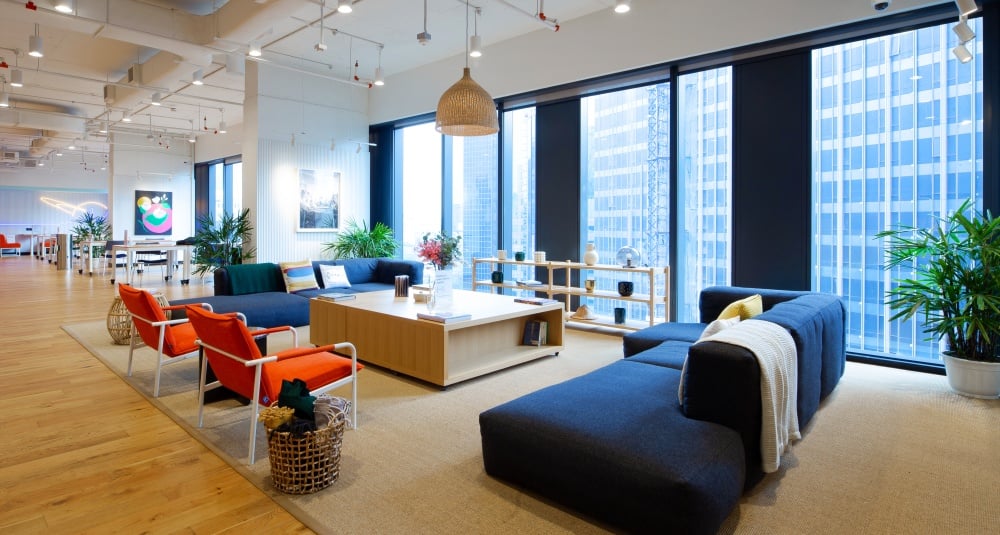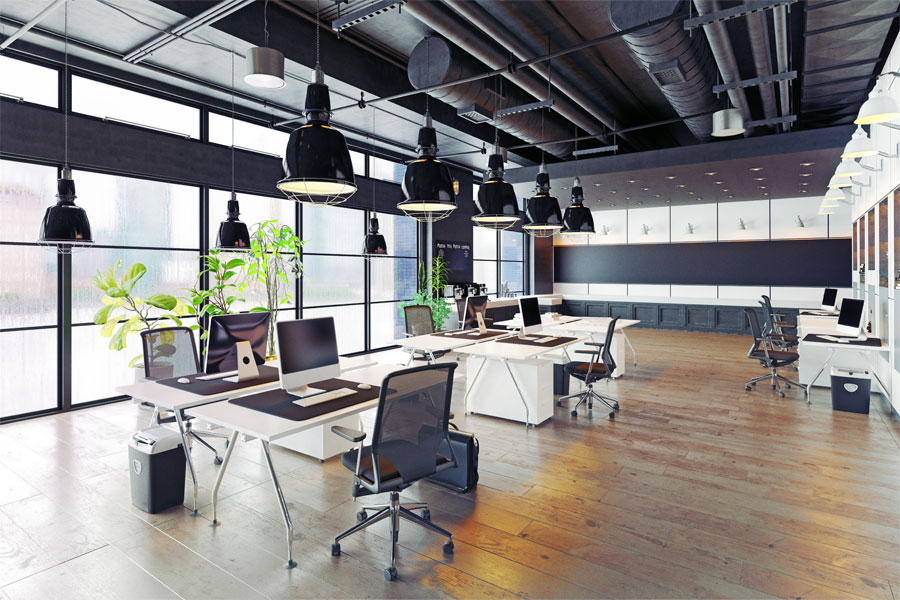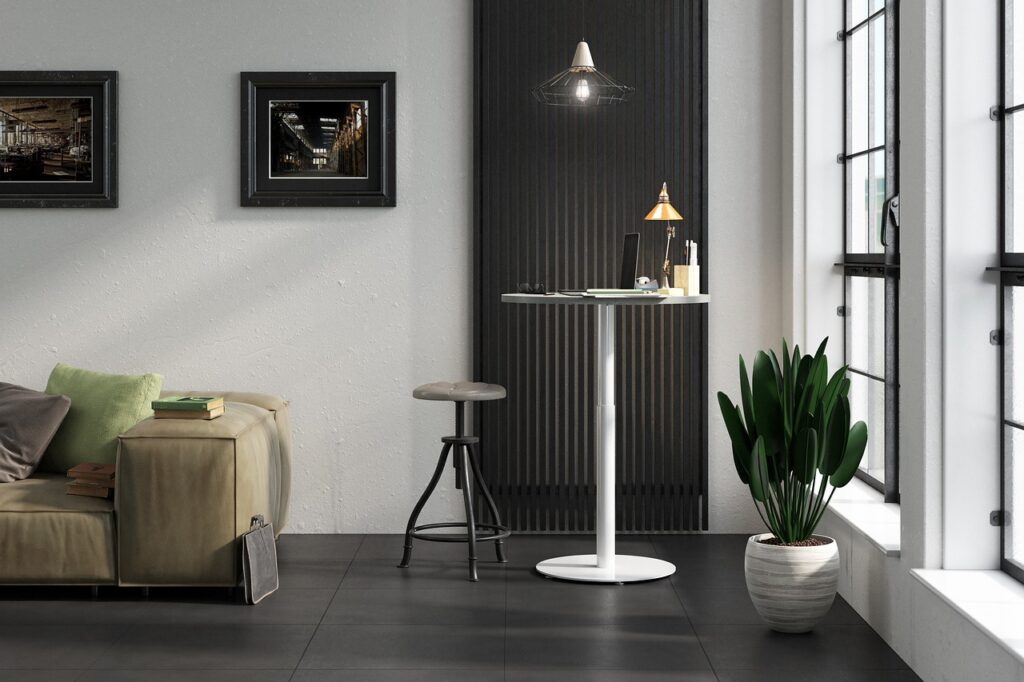In the dynamic landscape of modern business, traditional office setups are making way for innovative approaches that cater to the evolving needs of employees and companies alike. One such paradigm shift is the adoption of the Activity-Based Working (ABW) model, a revolutionary concept that is transforming office spaces and redefining the way we work.
Understanding the ABW Model
At its core, the ABW model is centered around flexibility and versatility. Unlike the conventional assigned seating arrangement, the ABW Model advocates for a variety of workspaces tailored to different tasks and activities. It’s an approach that recognizes that one size does not fit all when it comes to work styles.
The Flexibility Advantage
Office Interiors play a pivotal role in the successful implementation of the ABW model. The design focuses on creating a diverse range of spaces, from collaborative zones and quiet corners to standing desks and communal areas. This flexibility not only accommodates various work preferences but also fosters a culture of adaptability.
Tailored to Tasks
The ABW model acknowledges that different tasks require different environments. For collaborative projects, open and interactive spaces are designed to encourage brainstorming and creativity. In contrast, quiet zones provide a conducive atmosphere for focused, individual work. This tailored approach enhances overall productivity and employee satisfaction.
The Role of Commercial Interior Design
The success of the ABW model heavily relies on effective Commercial Interior Design. Designers play a crucial role in crafting environments that seamlessly blend aesthetics with functionality. The use of modular furniture, strategic placement of dividers, and incorporation of natural elements contribute to creating an inspiring and harmonious workspace.
Corporate Interior Design for Brand Identity
Corporate Interior Design within the ABW framework is not just about functionality but also about reflecting the brand identity. The choice of colors, materials, and overall aesthetics contributes to creating a cohesive and branded atmosphere. A well-designed corporate interior communicates the company’s values and ethos to both employees and clients.
Breaking Down Silos
One of the key advantages of the ABW model is its ability to break down traditional workplace silos. By removing physical barriers and encouraging cross-functional interactions, it promotes collaboration and a sense of community. This shift in the office environment nurtures a culture of openness and teamwork.
Navigating Challenges
While the ABW model offers numerous benefits, its successful implementation requires overcoming certain challenges. Effective communication and change management are crucial to ensure that employees understand and embrace the new way of working. Additionally, technology plays a pivotal role in supporting a flexible and mobile workforce.
Conclusion: The Future of Workspaces
The ABW model, with its emphasis on adaptability and customization, is shaping the future of workspaces. As businesses recognize the importance of employee well-being and the impact of the physical environment on productivity, the ABW model stands as a beacon of innovation in Office Design.
In the realm of Office Interiors, commercial and corporate interior design are instrumental in bringing the ABW model to life. By prioritizing flexibility, tailoring spaces to tasks, and fostering a collaborative culture, companies can create work environments that not only meet the demands of the modern era but also position them for sustained success.





